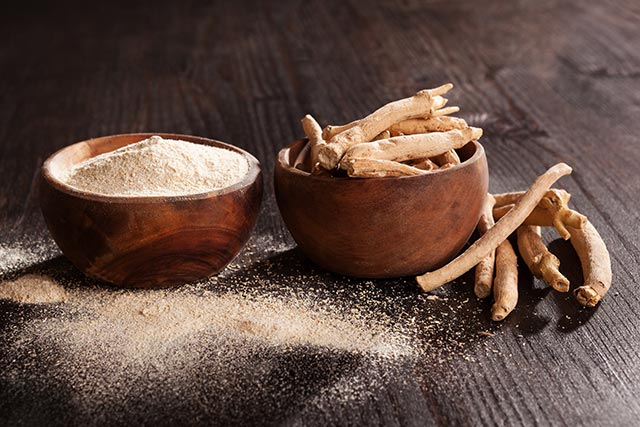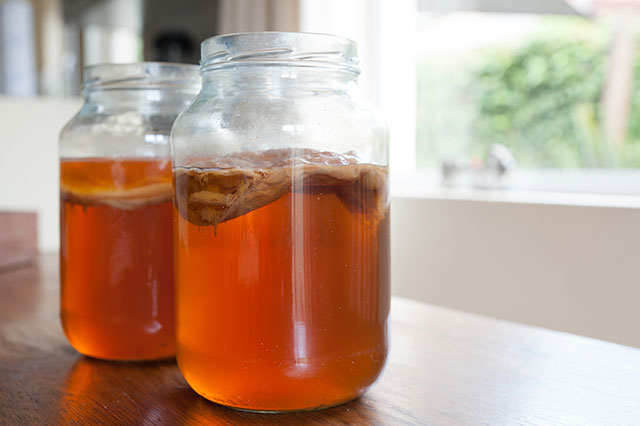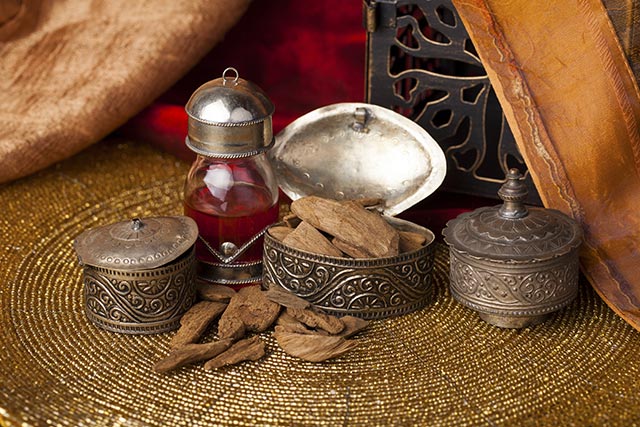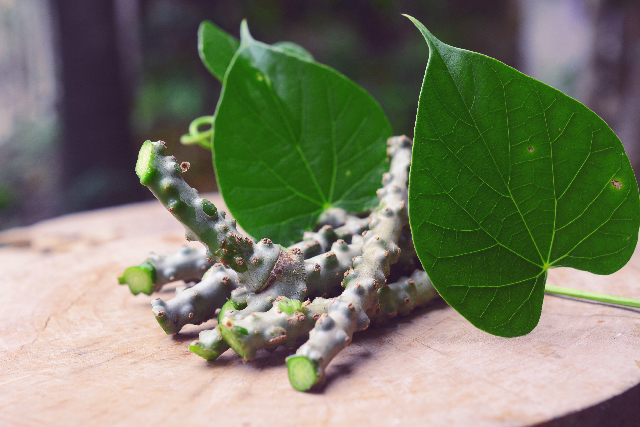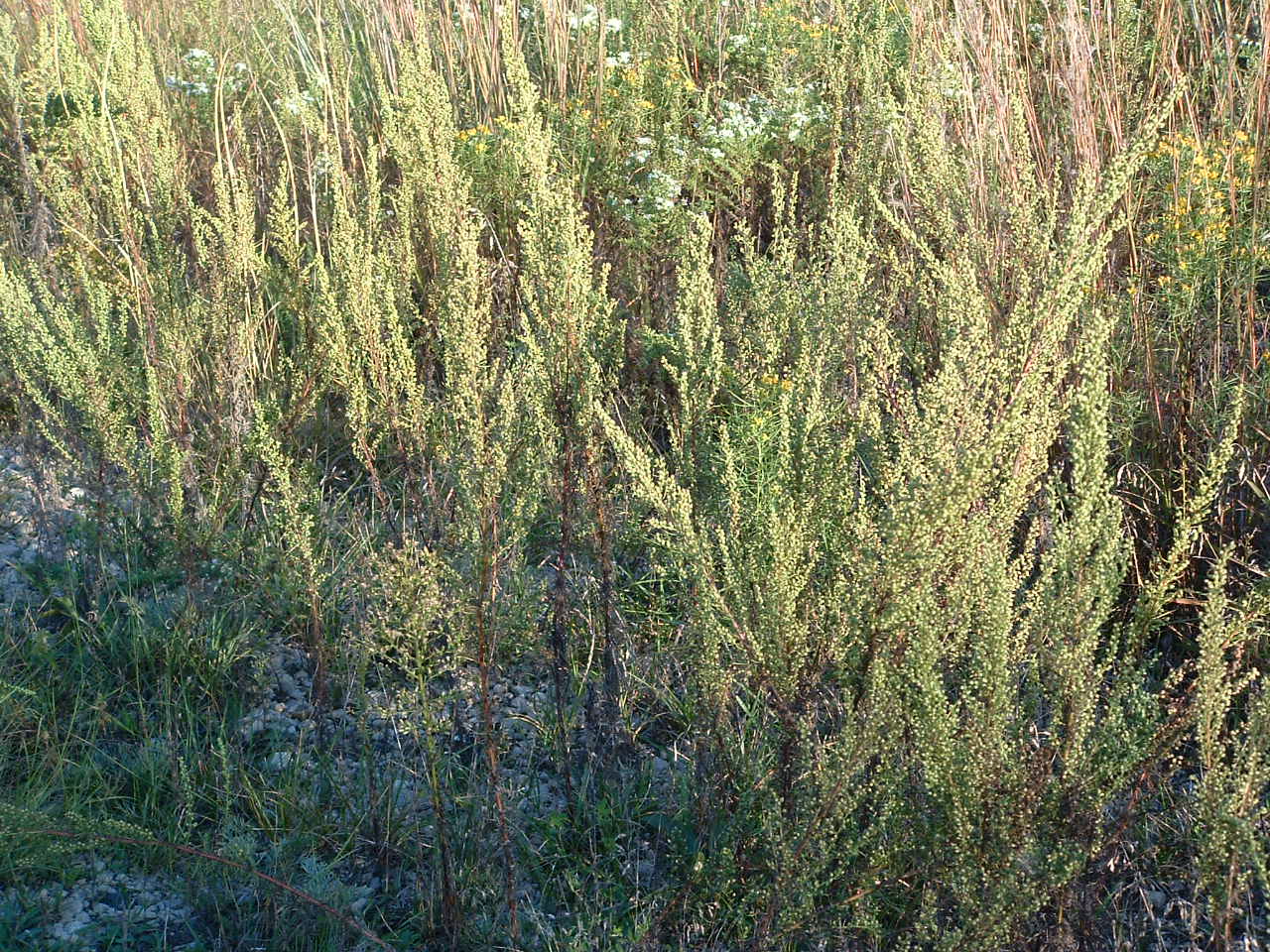This Himalayan medicinal tree may be the key to novel anti-cancer and anti-diabetic treatments
11/03/2018 / By Ralph Flores

Research has shown that the moru oak (Quercus dilatata), a tree found in the Himalayas, could be used to treat chronic diseases like cancer and diabetes, as well as prevent the spread of infectious diseases like leishmaniasis. The study, published in BMC Complementary and Alternative Medicine, determined the therapeutic effects of the tree, which has long been used in traditional medicine in that area.
The moru oak, referred to in the study as a holly oak and locally known as bunj or barunji, is part of the oak family and is native in the mountainous Himalayan regions. In traditional medicine, the leaves and seeds are used to treat sore mouth, and its fruits, when powdered, are used to treat urinary tract infections and venereal diseases such as gonorrhea. The seeds can also be used as astringent and diuretic, and are used in local treatments for diarrhea, indigestion, and asthma.
Scientists from the University of Karachi and Quaid-i-Azam University in Pakistan studied the moru oak’s phenolic and flavonoid contents to measure the tree’s total antioxidant capacity – a key component in preventing certain types of cancer. They also looked at its ability to modulate blood sugar using an ?-amylase inhibition assay which examines the ability of an ingredient to prevent or slow the absorption of starch in the body. Finally, the team looked at the moru oak’s antifungal activity using a disc diffusion assay; this was also used to establish its protein kinase inhibitory activity, which stops inflammation and the progression of certain cancers.
For the study, the team used a multiple-solvent approach, where they derived an extract from the air-exposed areas of the tree and combined them with different solvents, which included n-hexane, chloroform, acetone, ethyl acetate, methanol, ethanol, and dimethyl sulfoxide. The resulting extracts – which were from either a combination of the plant and the solvent or a combination of the plant and two or more solvents – were stored in sub-zero temperatures before use.
Of the 14 extracts, researchers found that the distilled water-acetone extract had the highest number of phenols and total antioxidant capacity. Further analysis revealed the presence of the following polyphenols:
- Gallic acid – a compound shown to prevent cellular mutations, which can lead to cancer
- Catechin – reduces the likelihood of cancer and helps with weight loss
- Chlorogenic acid – effectively regulates glucose and insulin and improves cardiovascular function
- Ferulic acid – enhances heart health and manages high levels of cholesterol, as well as hypertension
- Quercetin – prevents atherosclerosis, increases stamina, and inhibits the growth of cancerous cells
They also discovered that moru oak is highly cytotoxic to cancer cells, based on tests using the THP-1 cell line (which tests an ingredient’s anti-cancer activity against leukemia) and Hep G2 cell line (similar to THP-1, but for liver cancer). Likewise, it demonstrated considerable kinase inhibitory activity.
The ?-amylase inhibition assay revealed that the moru oak had an anti-diabetic activity similar to that of acarbose, a drug used to slow the body’s absorption of carbohydrates – which can increase the risk of diabetes in some individuals. (Related: Traditional Chinese Medicine herbal formula shown to help prevent diabetes.)
In terms of its ability to treat leishmaniasis, researchers found the ethyl-acetone extract had the highest potential. It also had a moderate antifungal activity.
“The quantification of important polyphenols and determination of antimicrobial activity in various crude extracts of Q. dilatata is helpful in explaining some of its traditional uses,” the researchers concluded. “The use of a wide-ranging solvent system polarity proved crucial to demonstrate phytochemical and biological profiling of the subject plant.”
Sources include:
Tagged Under: alternative medicine, Antifungal, antioxidants, diabetes, herbal medicine, Himalayas, leishmaniasis, moru oak, natural cures, natural medicine, Quercus dilatata, remedies


